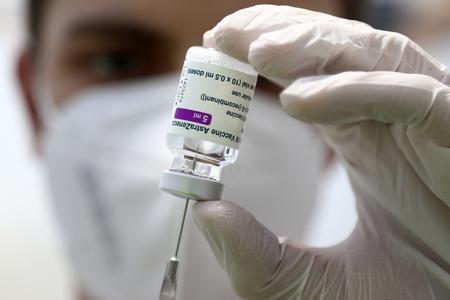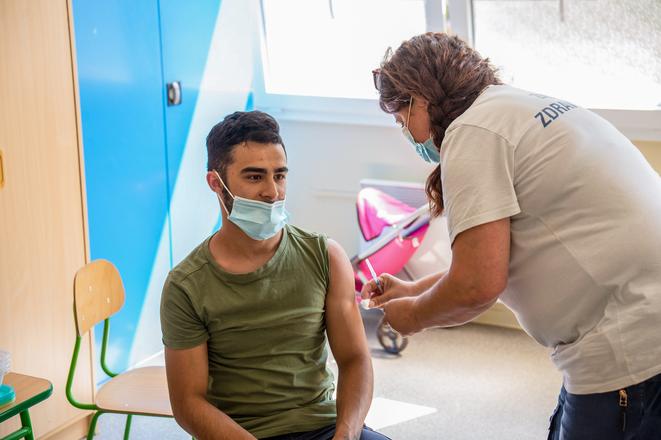Slovakia’s marginalised Roma communities are only 7 percent vaccinated against Covid-19.
The state, self-governing provinces and individual hospitals and clinics do venture into these communities regularly in mobile vaccination units, but they often encounter fear and mistrust. As autumn approaches, there are fears that these communities will become hotbeds for the Delta variant of Covid-19. Besides low vaccination rates, a key reason for this are poor living conditions, bad hygiene, overcrowded habitations and difficulties or the inability to remain quarantined.
The power of local leaders
One of the few happy exceptions in the gloomy case of Roma vaccination rates is the village of Ostrovany in the Sabinov district. Over a decade ago the village became infamous for a 150-metre long wall that separated the Roma community from the town’s other denizens.
The Atlas of Roma communities reports 2,200 people living in the village these days, of which about 80 to 90 percent are Roma. 900 are vaccinated against Covid-19. Taking into account figures from the Sabinov district, or even the entirety of the Prešov Region, this number is above average. Furthermore, a large part of the village’s population comprises children; the mayor estimates that there are only about 1,200 adults in the village. “900 is a great number, what do you think?” mayor Rastislav Popuša told the Sme daily.

The mayor’s recipe for success was relatively simple.



 The pilot project of in-field vaccination of pupils was launched in the village of Kecerovce. (source: The Education Ministry via SITA)
The pilot project of in-field vaccination of pupils was launched in the village of Kecerovce. (source: The Education Ministry via SITA)